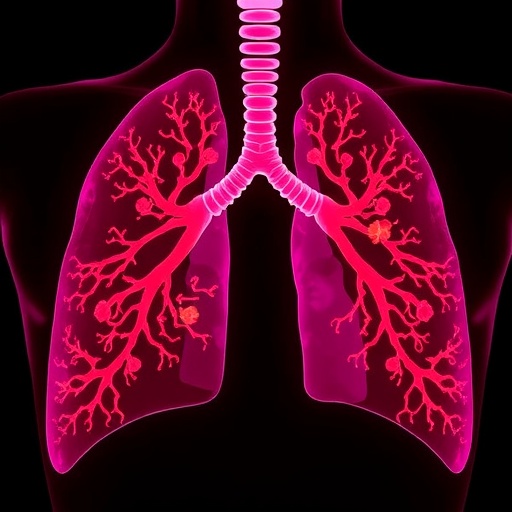The use of fat grafting as a tool for breast reconstruction following a mastectomy may improve breast satisfaction, psychosocial well-being, and sexual well-being in patients, according to a study published by JAMA Surgery.
Fat grafting as an adjunct to breast reconstruction involves harvesting fat cells from the abdomen or thighs via liposuction, isolating the adipocytes (fat cells) by removing any extra material, and then injecting it in small amounts to the deficient areas of the reconstruction. Fat grafting has proven to be a useful adjunct to breast reconstruction for the treatment of contour irregularities and volume deficits, but the U.S. Food and Drug Administration is considering regulations that may severely limit the ability of plastic surgeons to continue its use for this purpose. Jeffrey H. Kozlow, M.D., M.S., of the University of Michigan Health System, Ann Arbor, and colleagues conducted a study that included 2,048 women who underwent breast reconstruction after mastectomy.
Of these women, 165 (8 percent) underwent fat grafting between years 1 and 2 after surgery. One year postoperatively, patients who later underwent fat grafting reported significantly lower breast satisfaction, psychosocial well-being, and sexual well-being, compared with those who did not receive subsequent fat grafting. Following the procedure, the fat-grafted group reported similar breast satisfaction for these measures two years postoperatively.
"By providing multicenter, prospective data confirming the benefits of autologous fat grafting as a useful adjunct in breast reconstruction, we hope that this study will contribute to the ongoing discussion with payers and regulators over the safety and effectiveness of these procedures. Our findings should bolster the ongoing assertion that fat grafting is an important tool in breast reconstruction and that this option should remain available to reconstructive surgeons and to the patients they serve," the authors write.
A limitation of the study was that as with any nonrandomized study design, the findings may have been attributable to unknown confounders not controlled for in the analysis.
###
For more details and to read the full study, please visit the For The Media website.
(JAMA Surgery. Published online May 24, 2017.doi:10.1001/jamasurg.2017.1716)
Editor's Note: Please see the article for additional information, including other authors, author contributions and affiliations, financial disclosures, funding and support, etc.
Media Contact
Nicole Fawcett
[email protected]
@JAMA_current
http://www.jamamedia.org
############
Story Source: Materials provided by Scienmag




